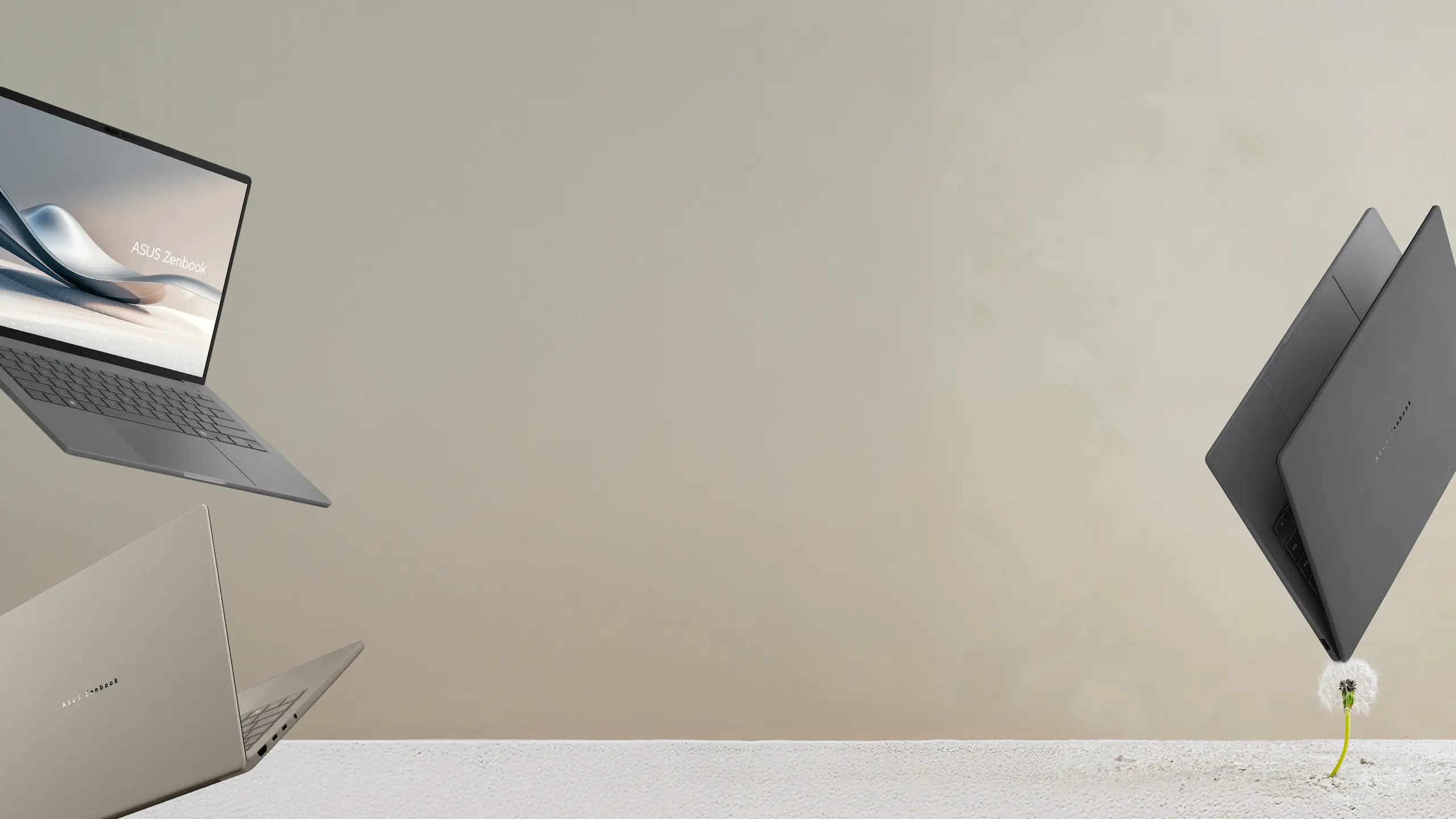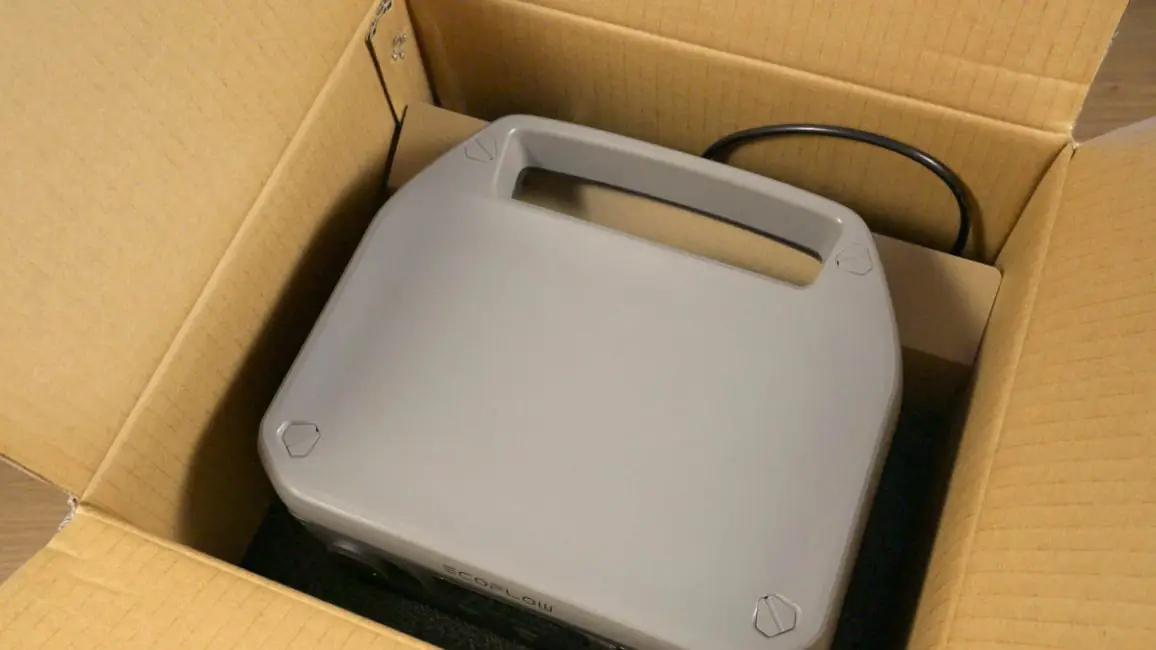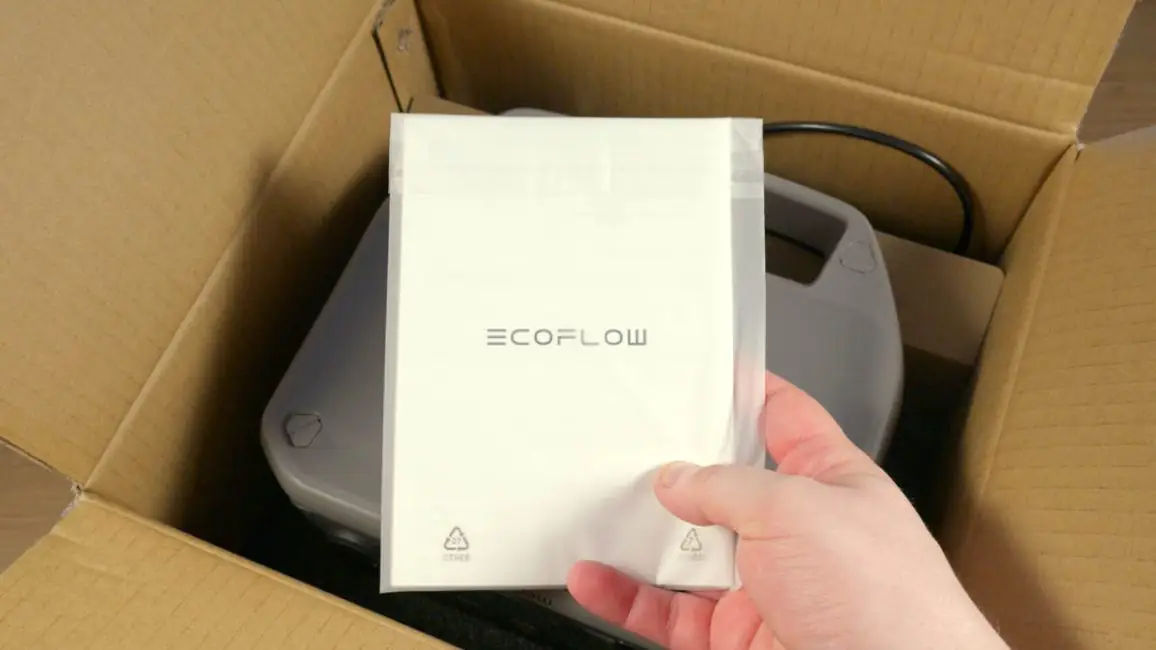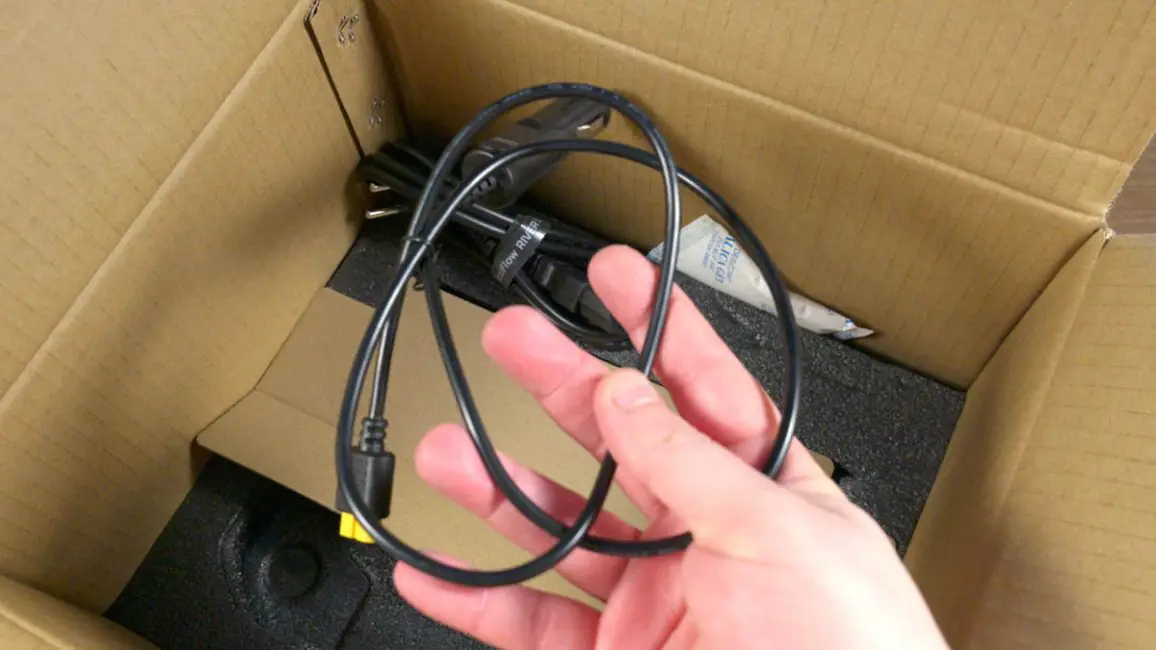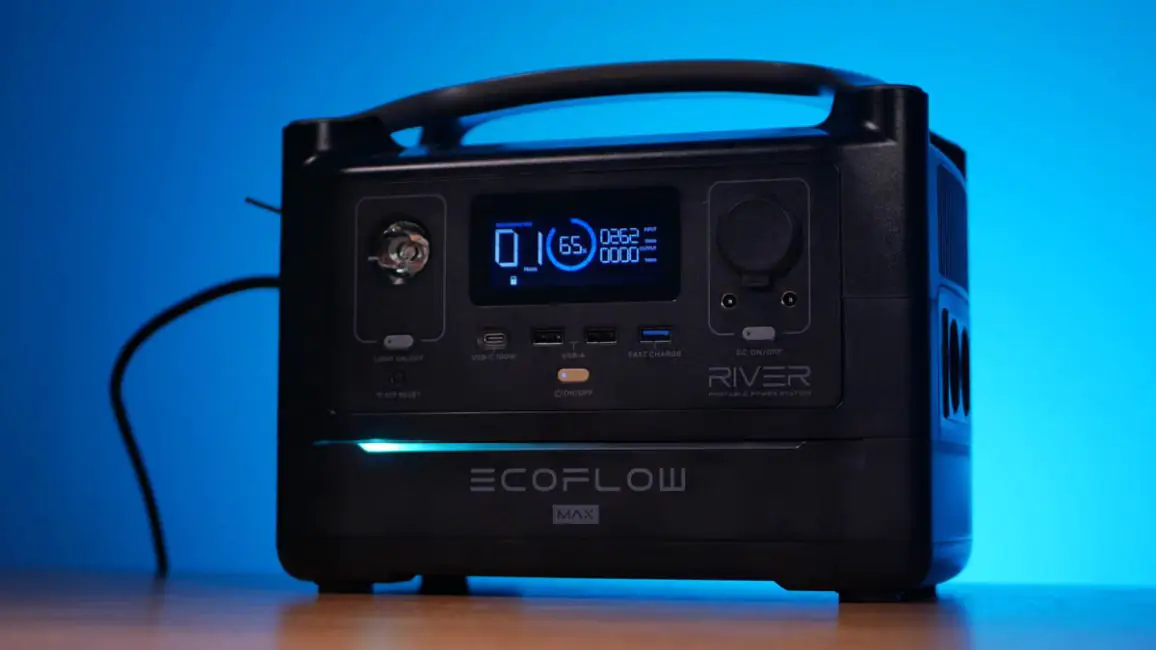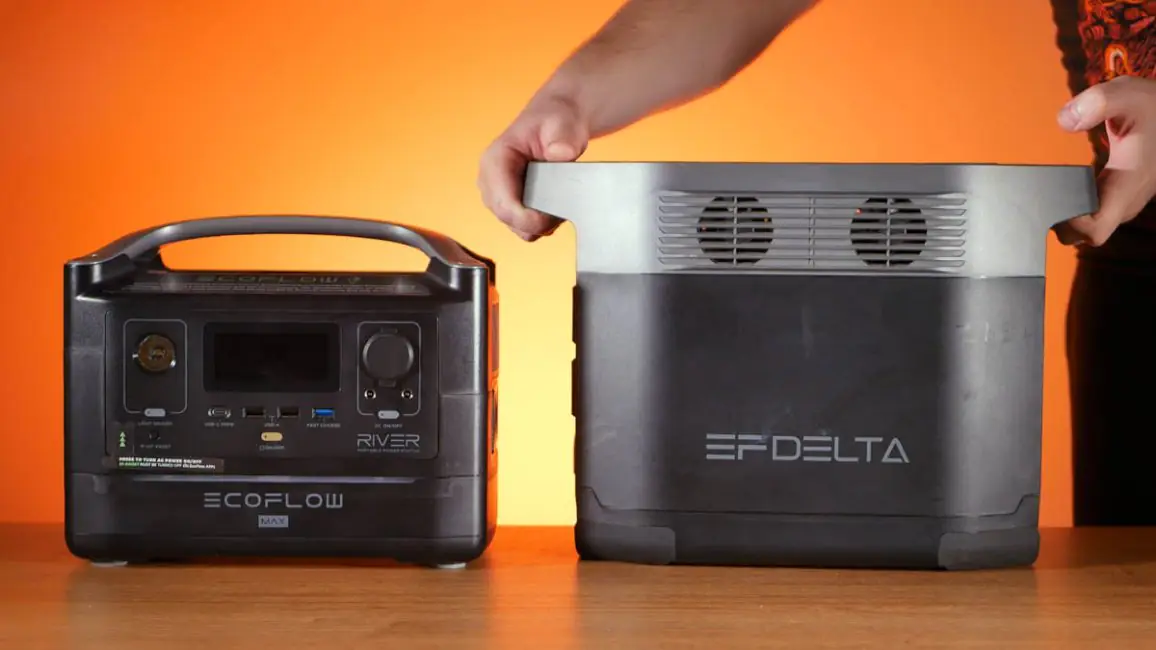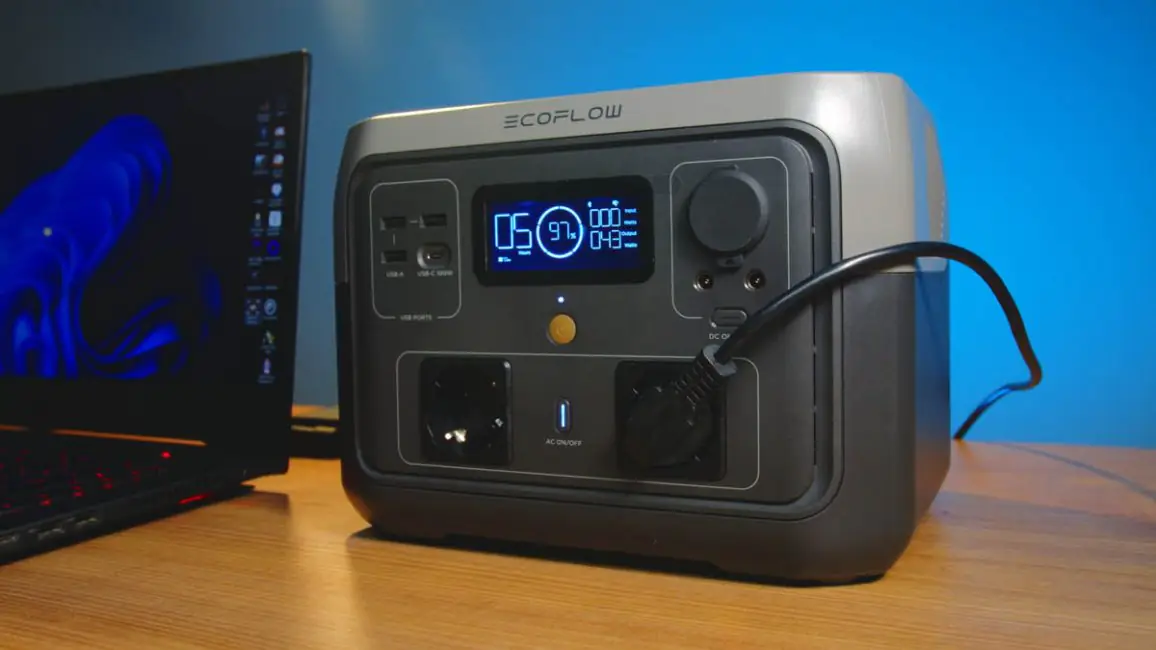© ROOT-NATION.com - Use of content is permitted with a backlink.
I could start the EcoFlow River 2 review with endless quotes about how Ukraine’s energy system is almost destroyed, blackouts will become ten times more frequent, and this will continue for years. But you probably already know that. Most likely, you already have a UPS or a charging station from last winter.
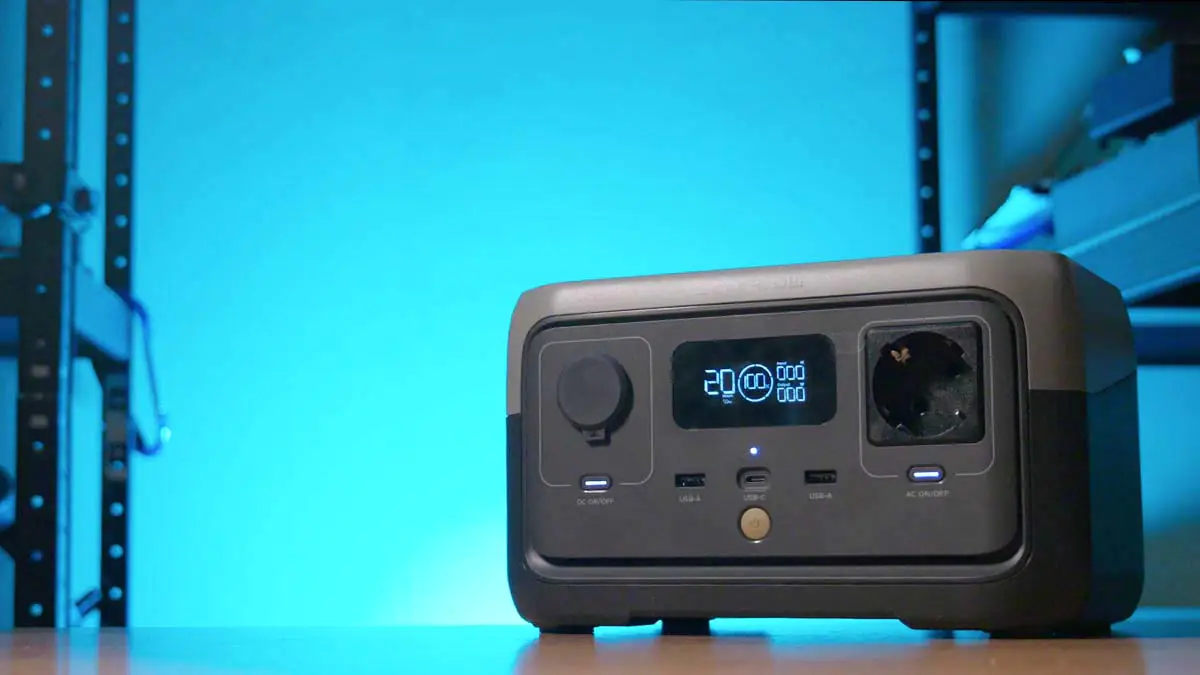
Perhaps you sold yours after last winter passed without blackouts. I, for example, gave mine away for next to nothing. In any case, considering the reduced purchasing power of the average user due to currency fluctuations and increased energy conservation needs, you’re probably looking for a charging station again.
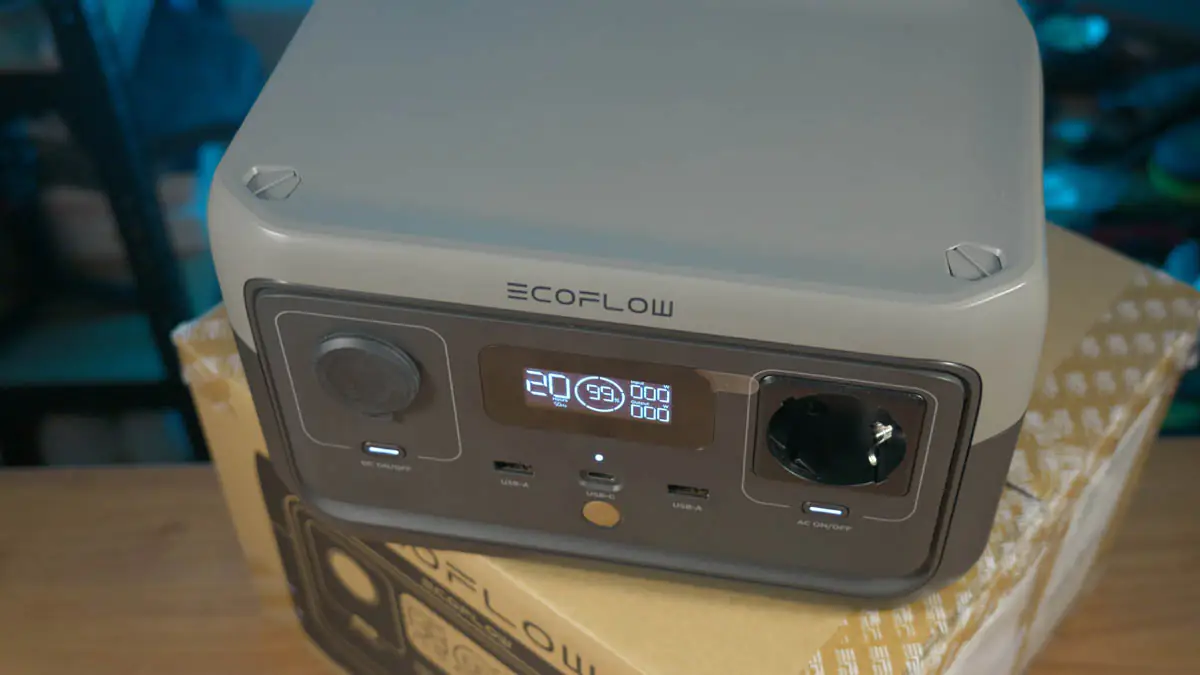
The EcoFlow River 2 is the most affordable model in the company’s current lineup, so it’s likely to grab your attention. In this article, I’ll try to explain the advantages of this solution and what its drawbacks might be. Although, in essence, there’s only one drawback.
Read also:
- Review of the Sumry HGS 5500W Off Grid Solar Inverter and Sunjetpower 100AH 51V Battery
- ALLPOWERS S1500 Portable Power Station (AP-SS-008): Review and user experience
EcoFlow River 2 specifications
- Capacity: 256 Wh
- AC socket 230 V: 1
- USB Type-C: 1
- USB Type-A: 2
- Car socket (cigarette lighter): 1
- Rated power, W: 300
- Peak power, W: 600
- USB Type-C power, W: 60
- USB Type-A power, W: 12
- Car socket (cigarette lighter) power, W 100
- Output signal waveform: Pure sine wave
- Technology: LiFePO4
- Charging cycles: 3000
- Additional features: Carrying handle, EPS (Emergency Power Supply) function
- Charging parameters of the station: From a 230V AC outlet: 360 W
- Powered by USB Type-C: 60 W
- From a car socket (cigarette lighter): 100 W
- From the solar panel: 110 W
- Possibility of modernization: Solar panel connection
- Display: Yes
- Flashlight: No
- Remote control: Wi-Fi
- Dimensions, mm: 245×214×142
- Weight: 3.5 kg
- Device connection: AC 230 V socket, USB Type-C, USB Type-A, car socket (cigarette lighter)
- Warranty period, months: 60
Video review of EcoFlow River 2

Market positioning
The cost of the EcoFlow River 2 is $300/275€. However, I’ve also noticed discounts of up to 30%. How long they’ll last, I’m not sure, but I’m almost certain that closer to winter, discounts will be minimal, if any at all.
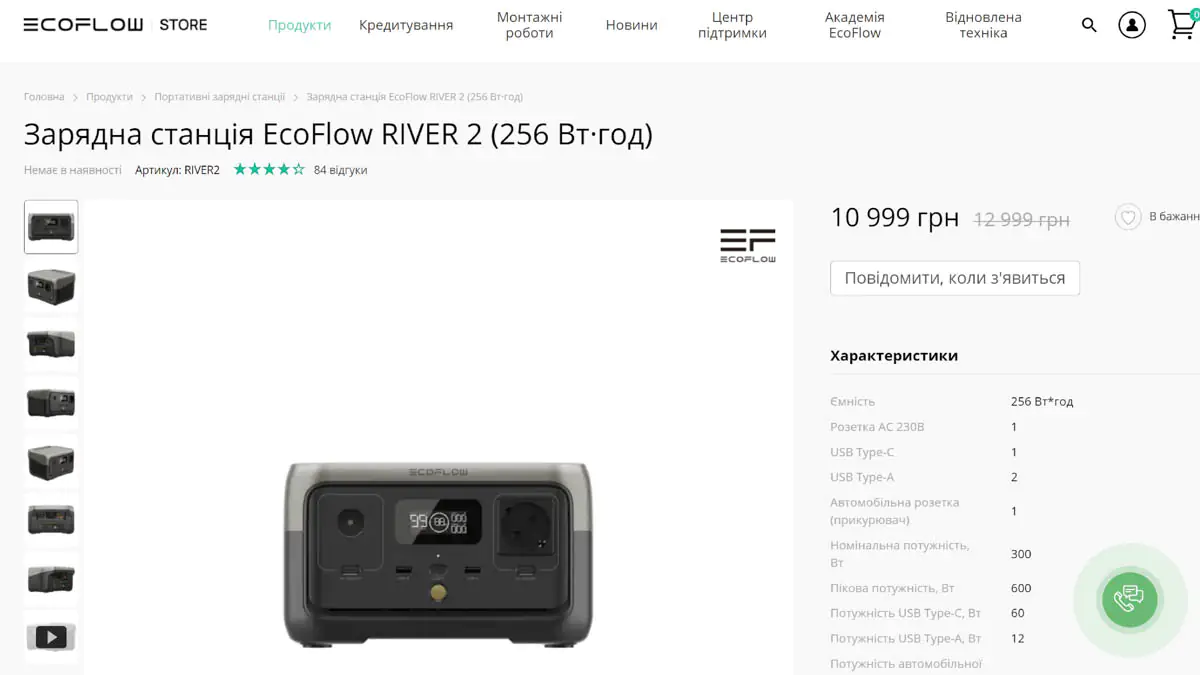
Package contents
The EcoFlow River 2 charging station package includes the EcoFlow River 2 unit itself, a C13 power cable with a Shuko plug, a car charger cable, and of course, an instruction manual.
Design and peripherals
Externally, the EcoFlow River 2 resembles all younger models of EcoFlow. It has a plastic casing with a gray base and a lighter handle area.
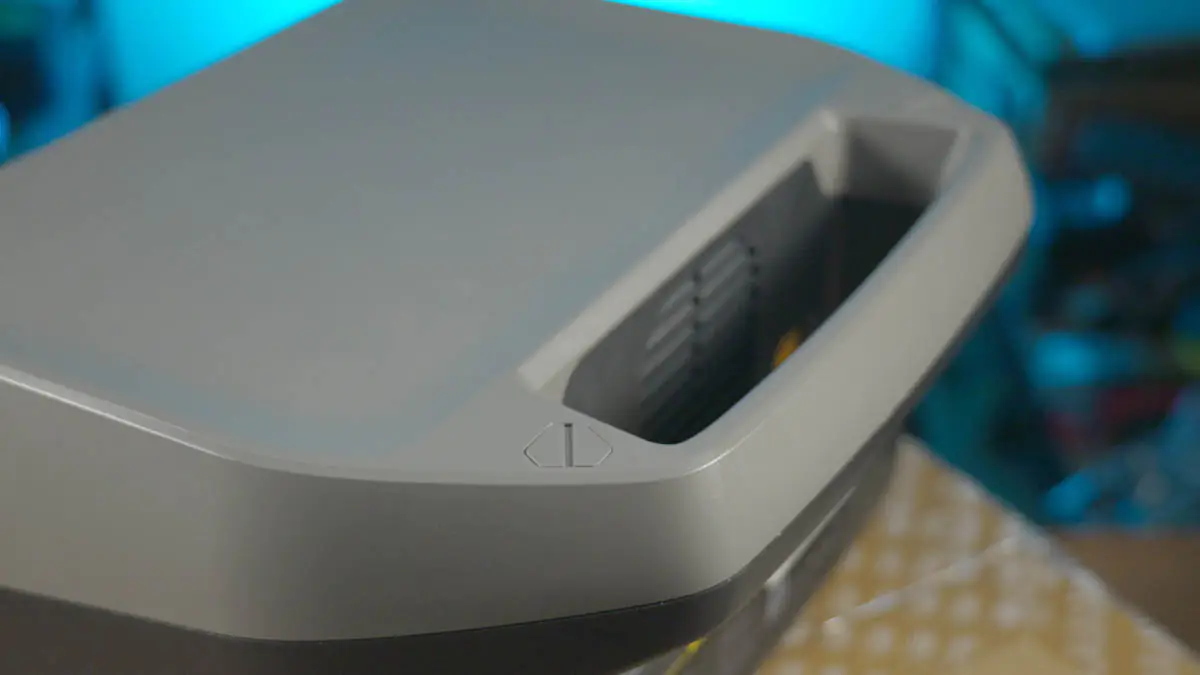
On the front panel, you’ll find most of the ports and controls, while on the back, there are the power connectors and a fan.
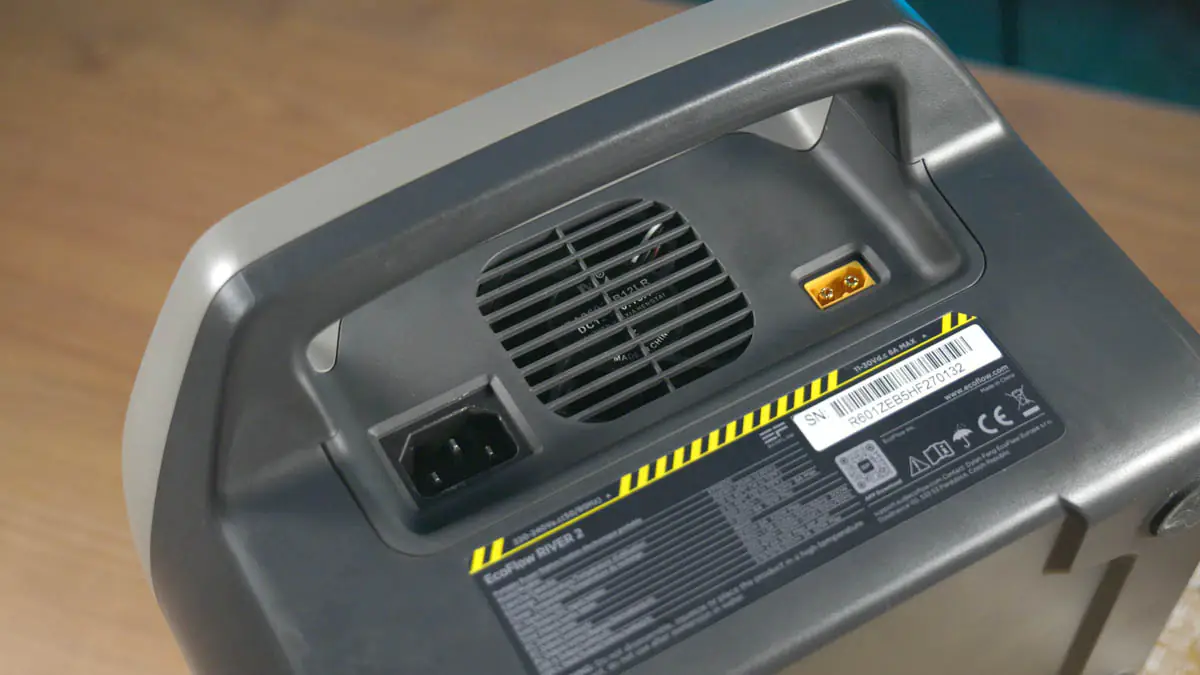
I’ll note right away that the River 2 stands out from its more expensive lineup counterparts solely in terms of capacity (and slightly in peripherals). So, if for any reason you’ve lost access to, let’s say, the River 2 Max or River 2 Pro, transitioning to the River 2 will be seamless.
The interface is the same. The power button is in the center, with an LED screen above it and USB ports below. On one side, there’s a Shuko European socket, and on the other side, a car charger socket covered with a rubber plug. The River 2 has a minimal number of USB ports—two Type-A and one Type-C.
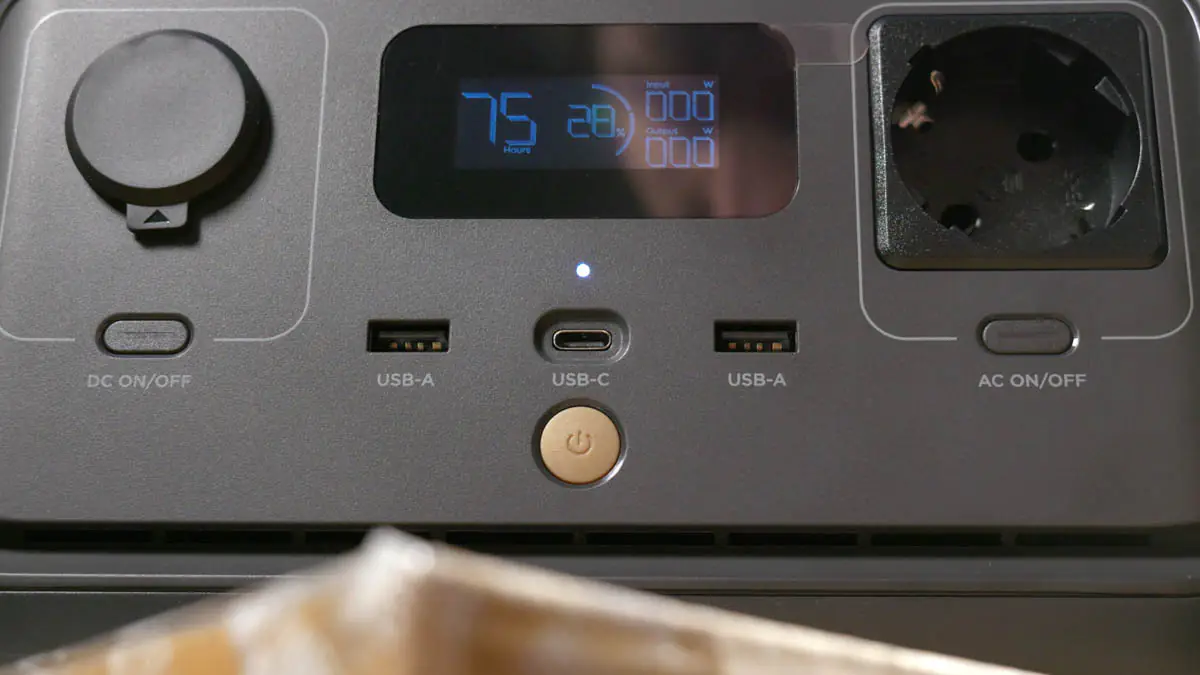
Ease of use
The capacity of the EcoFlow River 2 is 256 Watt-hours. This is one of the smallest capacities among all EcoFlow charging stations. As I mentioned, surprisingly, this capacity has its advantage because larger capacity batteries are heavier.
Read also: EcoFlow River 2 Max charging station review: Affordable, fast, cool

When I reviewed the EcoFlow River 2 Max, I could barely carry the station to my apartment, even though I had to go up three floors and had both hands free. When I needed to lift the EcoFlow River 2 to roughly the same height, I did it faster and with less fatigue. Oh, and at the same time, I was carrying the EcoFlow 110W Solar Panel box in my hand.
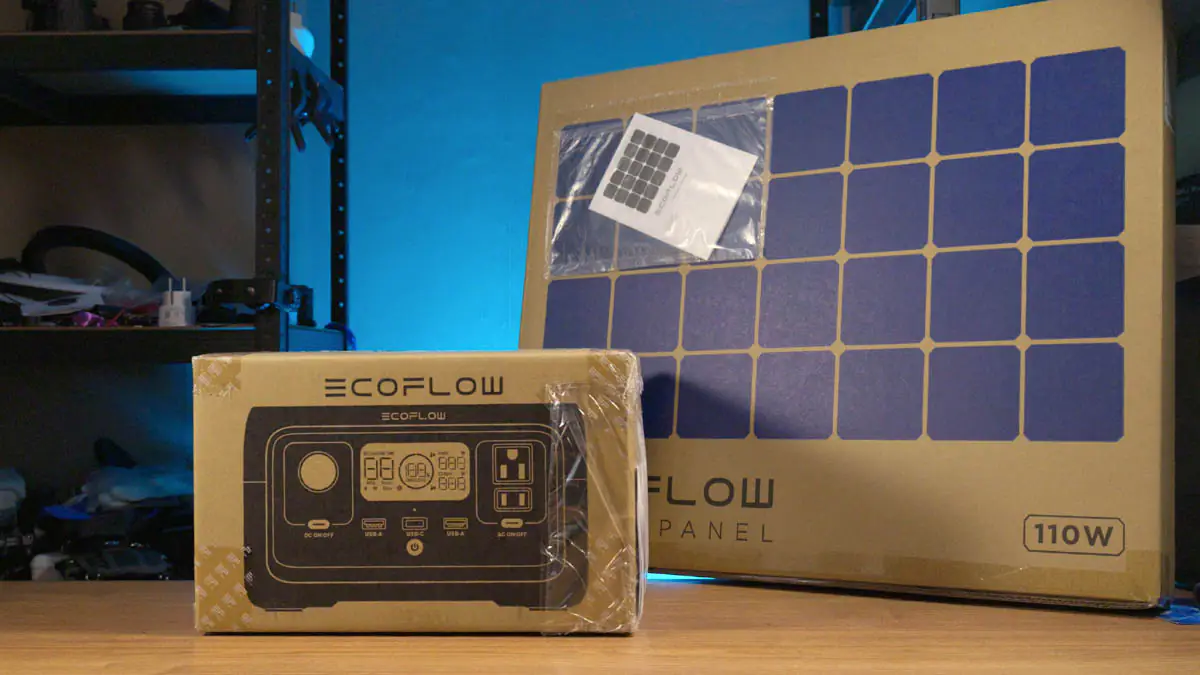
With the River 2 weighing 3.5 kg, it’s highly portable. I can use it to power lights in the studio, then move it to my laptop and place it on top of the Gorilla Custom X case. Later on, I can drag it onto the balcony, connect it to the solar panel, and not get tired.
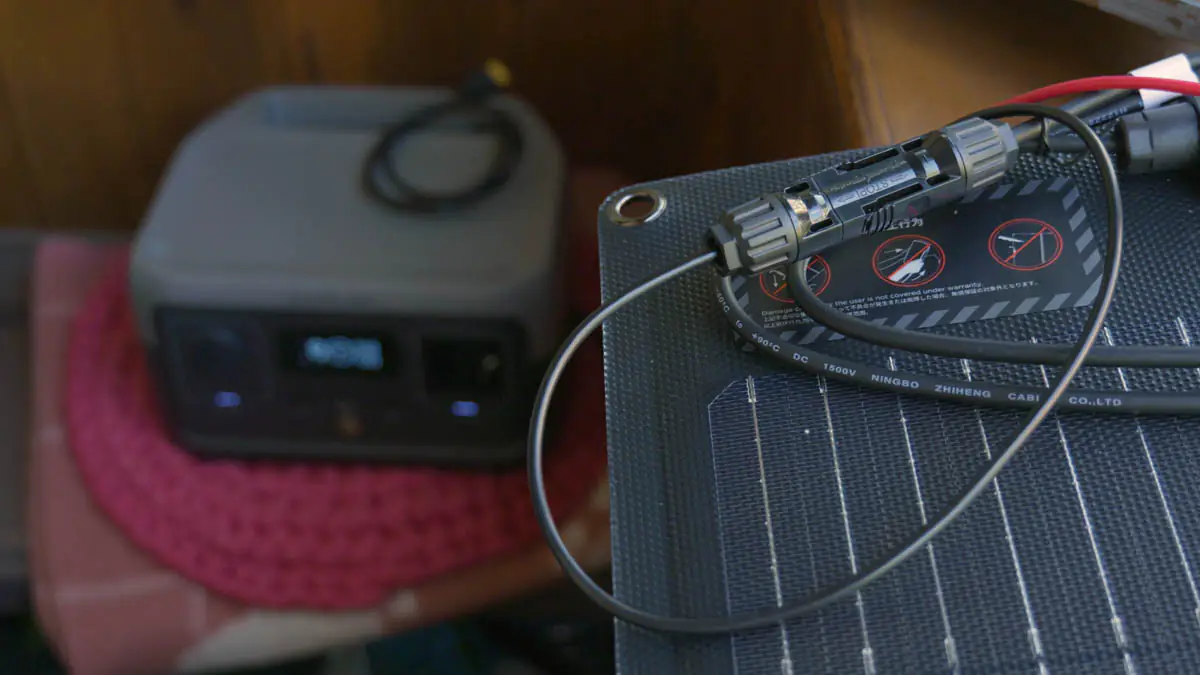
By the way, the main purpose of the EcoFlow River 2 is to power my studio during blackouts. I’ll be covering this in a separate article with explanations and instructions. Additionally, there will be a review of the EcoFlow 110W Solar Panel and a debunking of myths about solar panels in another piece.
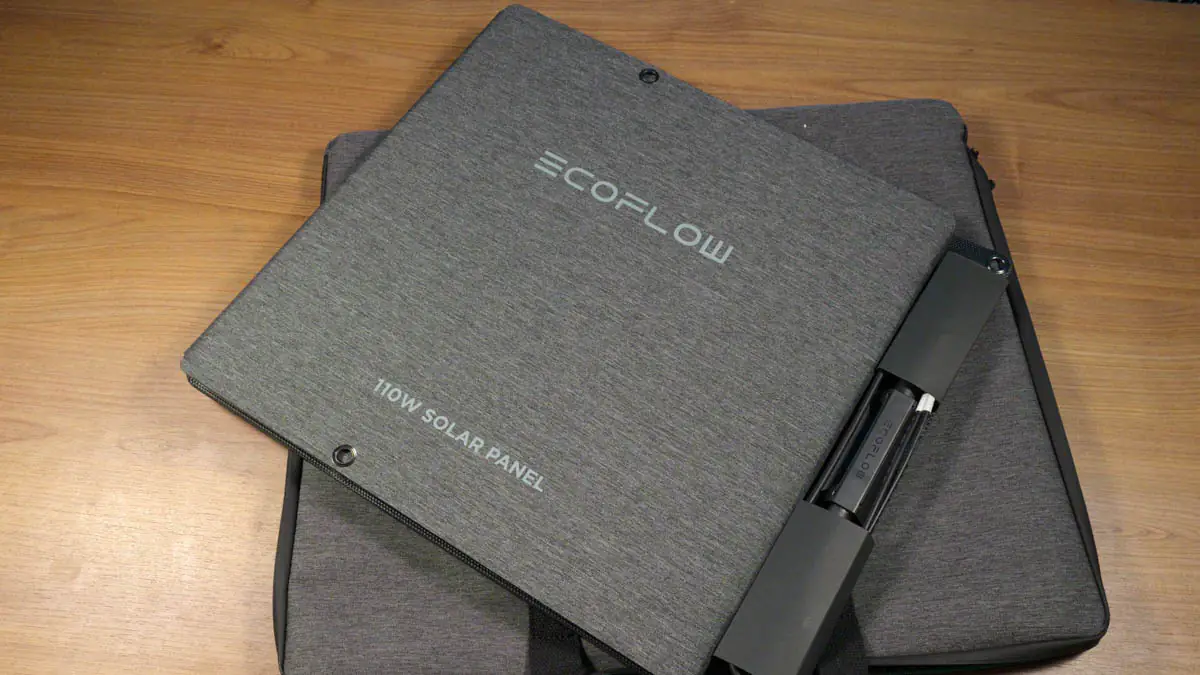
Because if you haven’t had hands-on experience with them, your understanding of what they actually do will be very approximate. And you’ll need to know what to do when they’re not doing anything.
Charging options
The charging station can recharge from:
– a regular socket at a speed of up to 360 Watt-hours,
– Type-C at a speed of 60 Watts,
– a car socket at a speed of up to 100 Watts,
– a solar panel at a speed of 110 Watts.

Software
Like all other models, the River 2 supports connection with a smartphone app. The app is simply called “EcoFlow” and is available on Google Play and the AppStore. It serves two main functions: monitoring power connections and adjusting charging station settings.
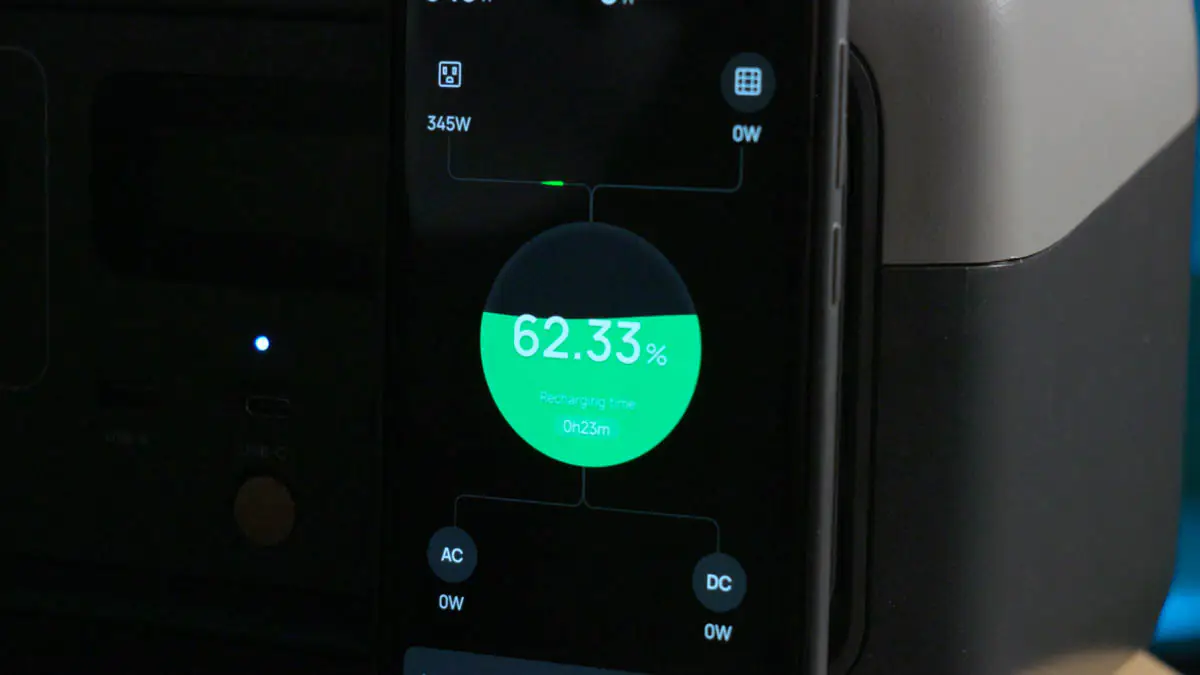
Minimum charge level, maximum charge level, charging amps from the car socket, screen-off timer, and more are adjustable within the app. Additionally, firmware updates for the charging station are available, though I haven’t noticed any personally significant changes.
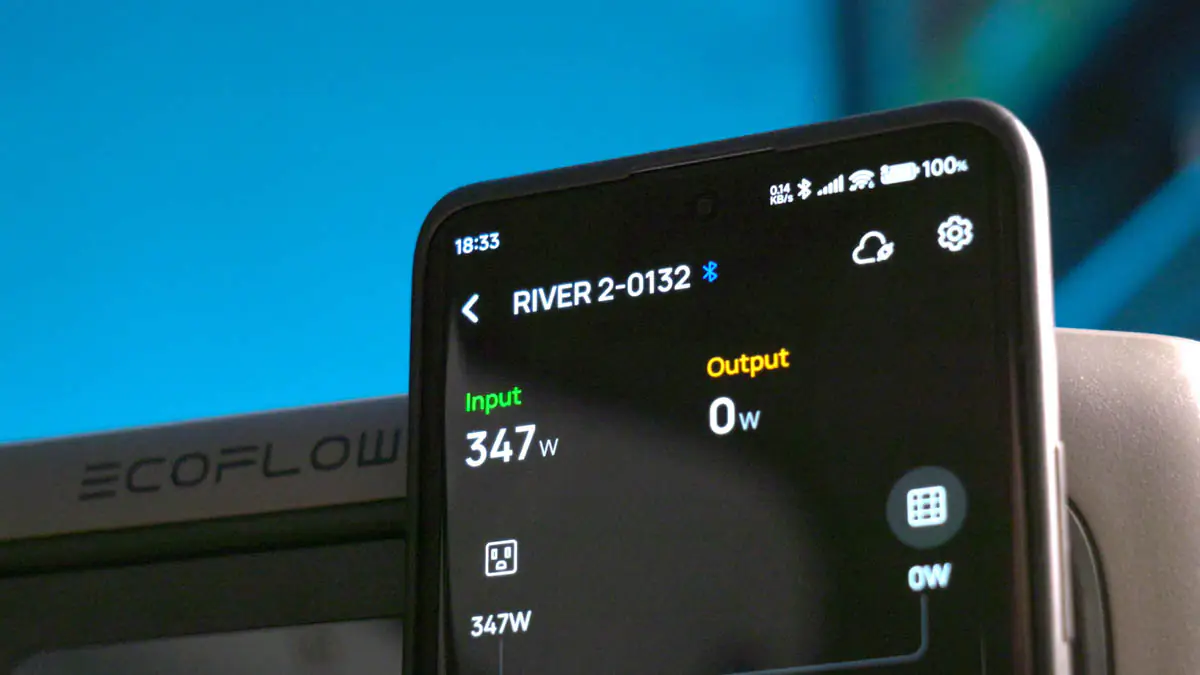
I’ll note the automation feature, which is found in the experimental (“Lab features”) section. It allows charging and discharging based on timers or calendar schedules via regular socket, solar panel, and 12V DC.
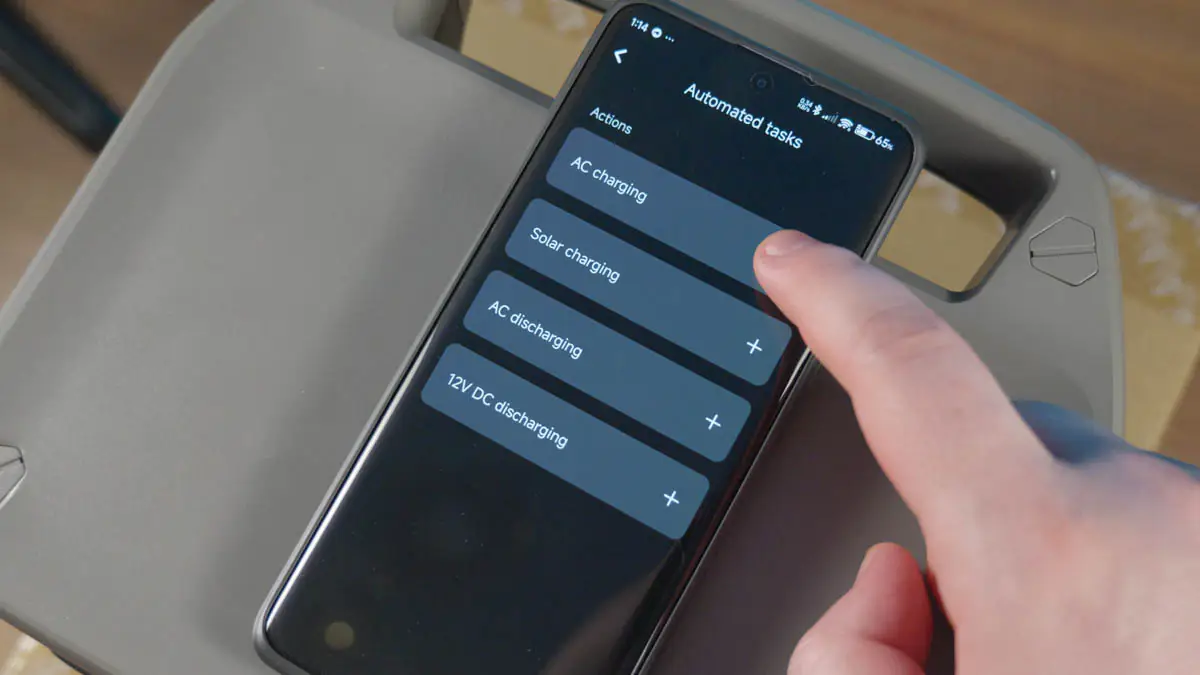
A quick note on important software features, specifically X-Stream and X-Boost:
X-Stream means ultra-fast charging from a socket. The speed of this fast charging is usually slightly higher than the capacity. So, with the River 2 capacity at 256 Watt-hours, charging will be at a speed of 350 Watts. This means that a full charge of these models takes approximately an hour.
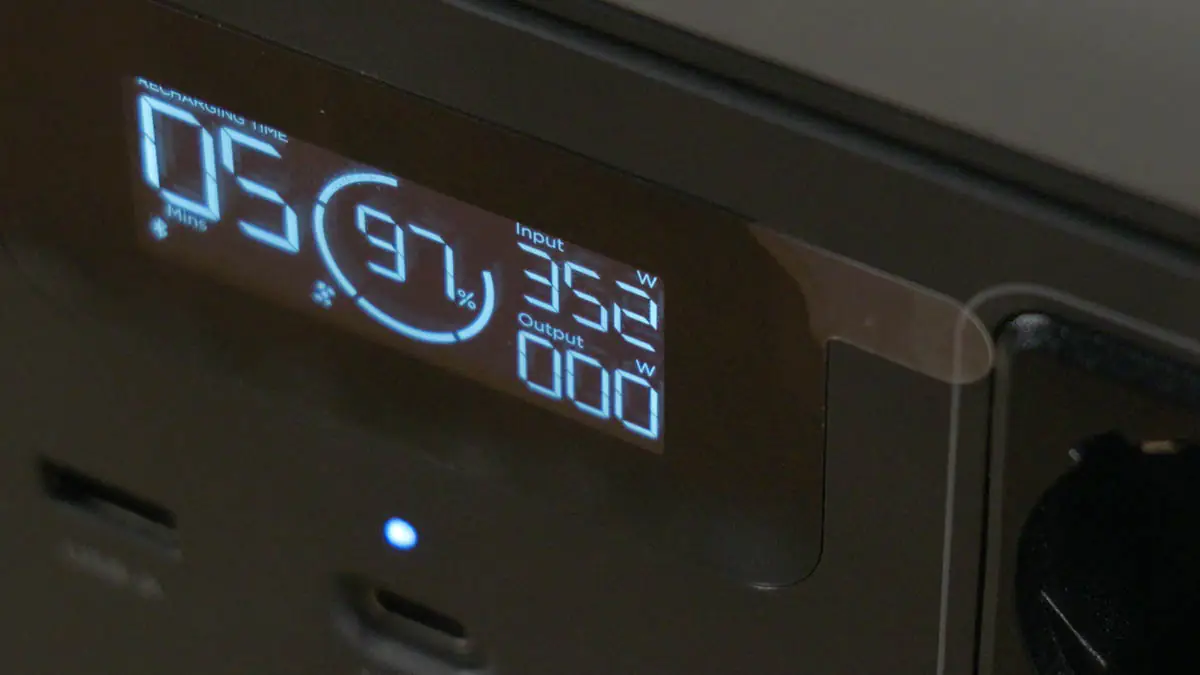
X-Boost is a technology that allows EcoFlow devices to connect and power devices that consume about twice as much power as the battery capacity. So, for the River 2 with a capacity of 350, it can surge up to 600 Watts. In the case of the EcoFlow Delta Mini, with a capacity up to 900 Watts, it can surge up to 2100 Watts. This means that even with the River 2, you can use small devices like a hair dryer at minimum power, which isn’t typically possible with UPS units, for example.
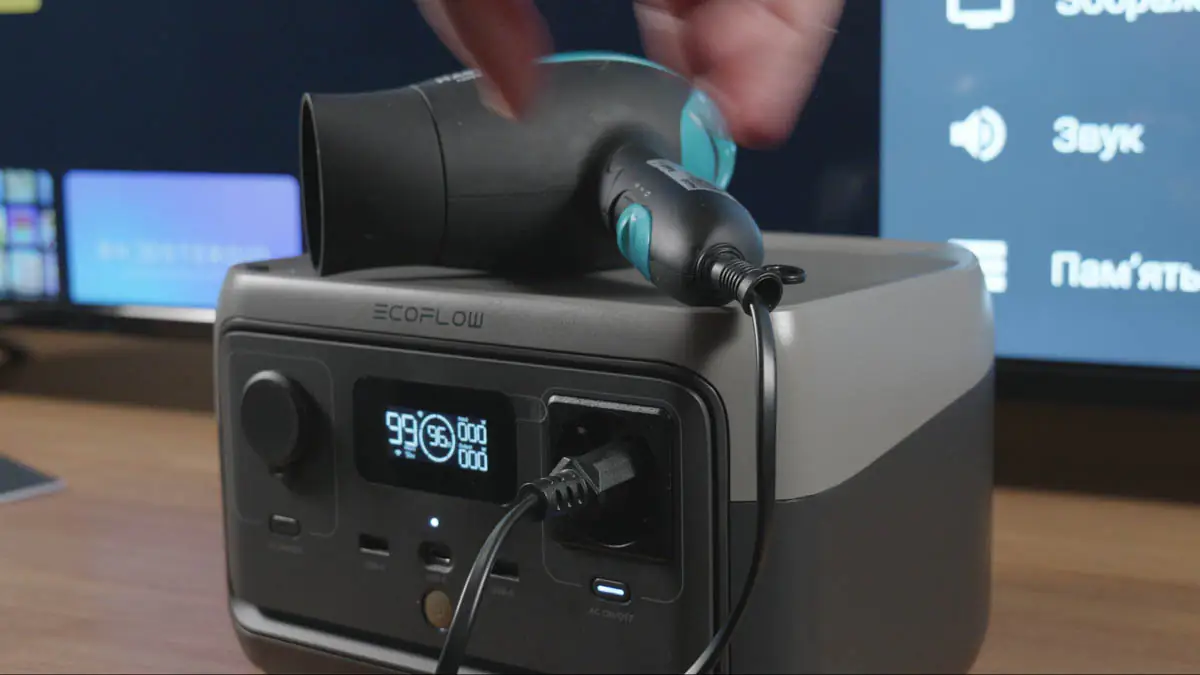
Autonomy
I won’t dwell on this for too long. You have a capacity of 256 Watt-hours. Your laptop consumes 150 Watt-hours. Divide 256 by 150, and you get a little under one and a half hours. That’s it. The numbers might not be 100% precise because there are efficiency losses when using an inverter, for example, but there’s no other formula for you to use. Calculate like this, subtract 5%, and you’ll be good. By the way, the efficiency of the River 2 when using USB is higher because the inverter isn’t activated.

Noise level
So, what drawback was I talking about? It’s about the noise level. No modern EcoFlow can operate silently if you’re using it specifically as a UPS and not just as a giant battery for smartphones. It’s noisy when charging, and it periodically activates the battery under the inverter’s operation. Additionally, my specific model occasionally discharged even while acting as a UPS, meaning there’s no Pass-Through support here.
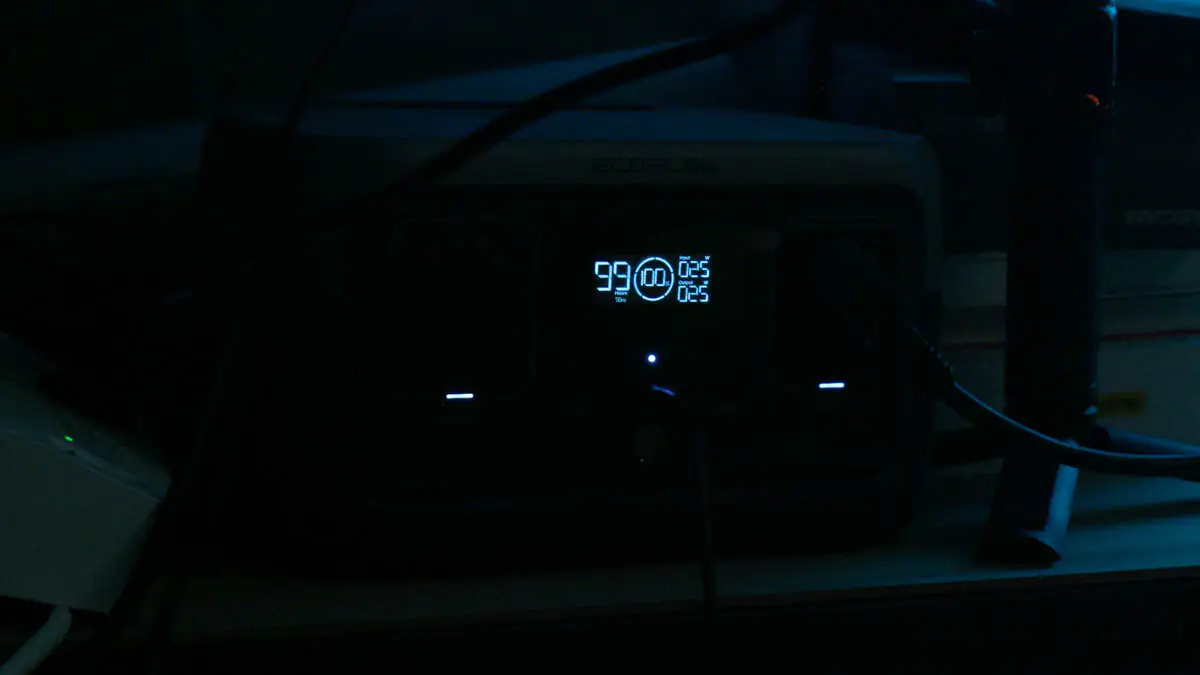
However, the warranty for the River 2 is three years, plus an additional year with registration. The durability of the lithium iron phosphate battery is 3000 cycles, which equals a lifespan of 10 years. So, I’m not worried about constant charging and discharging. I am concerned about the noise level though. It hasn’t stopped me from shooting several videos with the EcoFlow in the background, and I’ll even say more—they’re already published. It’s better to shoot like this than not shoot at all, right?
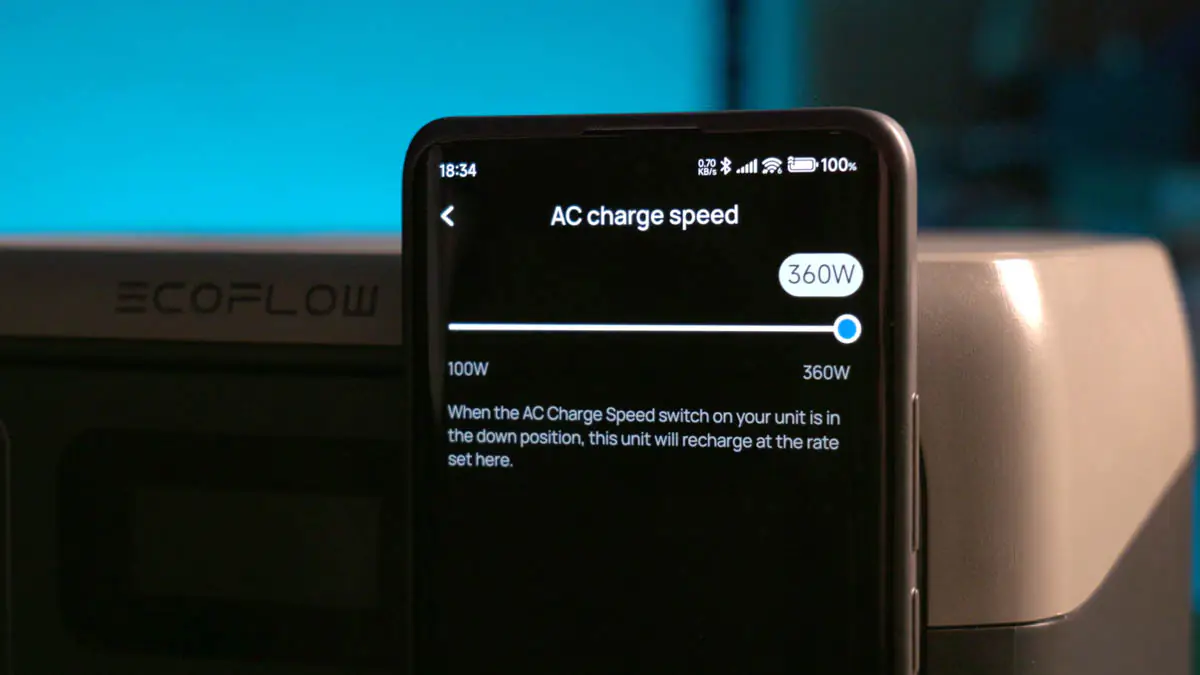
Moreover, Type-C and all other USB chargers do not activate the inverter, no matter how long the charging station operates. Spoiler alert: I’ll have a whole separate article on powering a video studio, along with a review of the solar panel. I also aim to make the EcoFlow as quiet as possible using car charger charging. But that’s for later.
Summary
This charging station, as I mentioned, is simply the youngest version of EcoFlow. EcoFlow itself is like “Xerox” or “Jeep”—the name speaks for itself. And if we set aside the noisy operation under certain circumstances, it’s something you essentially should have in every home. At the very least, the River 2 and a solar panel. So yes, I recommend the EcoFlow River 2.
Read also:
- Škoda Karoq Review: Compact City SUV Focused on Comfort and Safety
- How to Calculate the Required Power of Generator
- Motorola Edge 50 Pro vs Redmi Note 13 Pro+ 5G: The Battle of the Brightest

